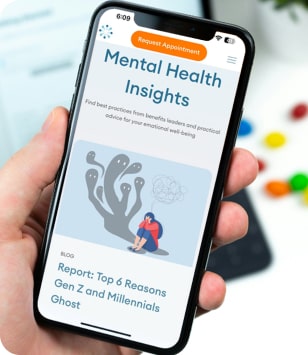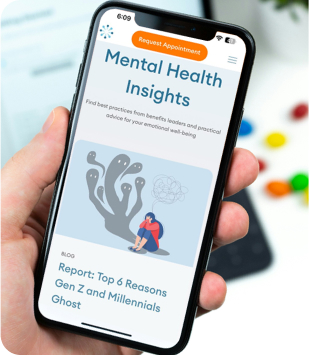I Do Not: Gen Z, Millennials Shifting Expectations About Marriage in 2023
Wedding bells aren’t ringing as much nowadays. According to U.S. Census Bureau statistics, more than 1 in 3 (34%) people 15 years or older have never been married in 2022. That’s up from about 1 in 4 (23%) in 1950. So, we wanted to ask why fewer people are walking down the aisle.
We surveyed Millennials and Gen Zers who are currently in a relationship but not married to learn about their living situations and future expectations. While the majority are hoping to tie the knot someday, many aren’t in a rush to do it.
How Gen Z & Millennials Feel About Marriage
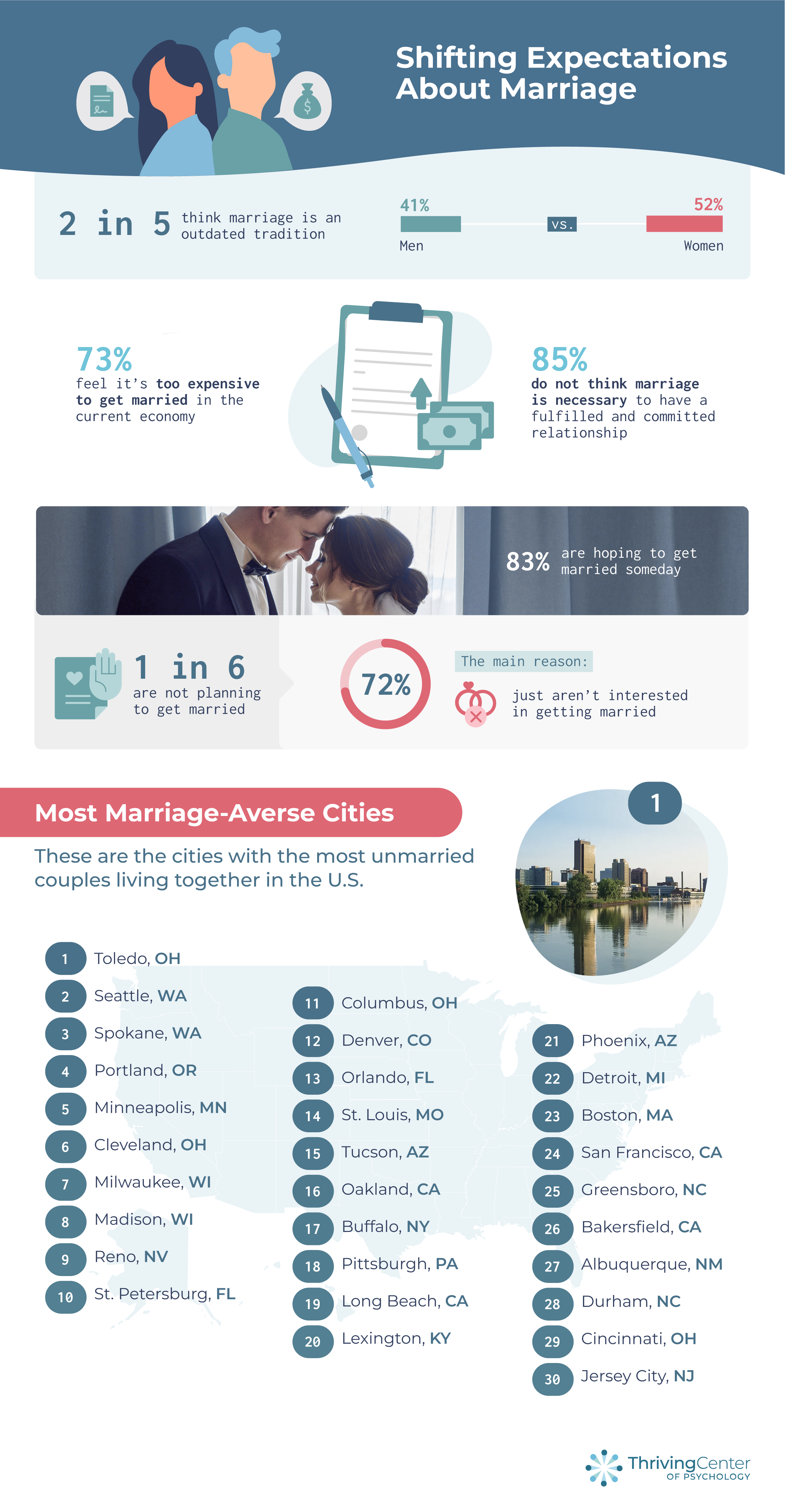
Despite declining marriage rates, younger generations don’t want to stay single forever. While 2 in 5 think marriage is an outdated tradition, 83% of Gen Z and Millennials anticipate tying the knot at some point. One barrier to getting married? The cost. 73% feel it’s too expensive to get married in the current economy.
However, 85% do not feel marriage is necessary to have a fulfilled and committed relationship. More than 1 in 6 (17%) are not planning to get married. Interestingly, more Millennials (21%) than Gen Z (7%) feel this way. The main reason people aren’t planning to wed is because they just aren’t interested in it.
Across the U.S., people living in certain cities appear to be less marriage-inclined than others. The cities with the most unmarried couples living together are Toledo, Seattle, and Spokane. Many of the marriage-averse cities are actually in the Midwest with Minneapolis, Cleveland, Milwaukee, and Madison all in the top 10.
Reasons for Living Together Before Marriage
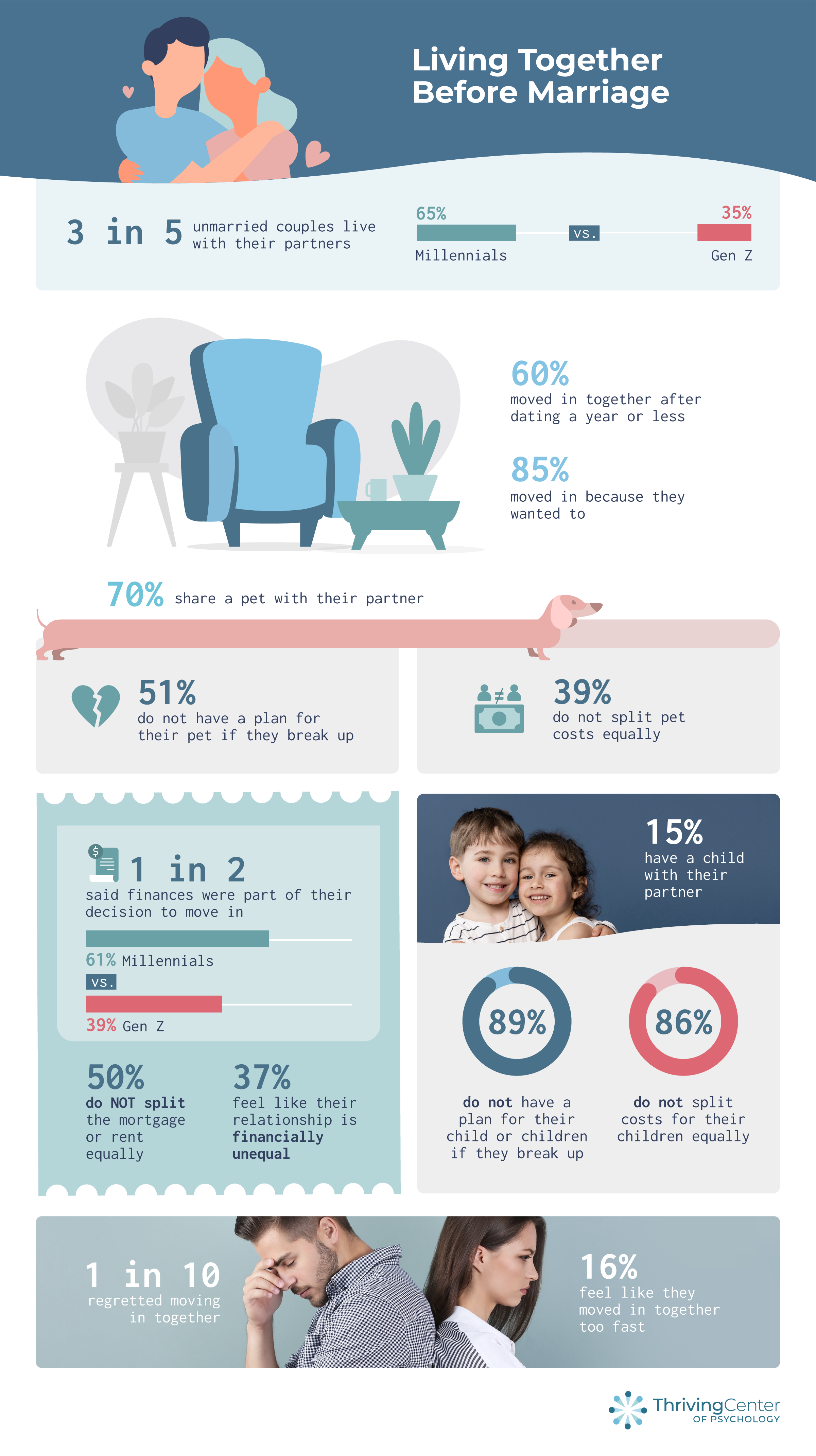
More than 3 in 5 (61%) unmarried couples currently live with their partners. More Millennials (65%) than Gen Z (35%) have taken this step in their relationship. The main reason people move in together is because they want to do it. Many took the leap before even knowing their significant other for a long period of time with 60% moving in after dating a year or less.
According to survey stats, another major reason more than 1 in 2 (54%) moved in together has to do with finances. This is the case more for Millennials (61%) than Gen Z (39%). Nearly 1 in 5 (19%) share a bank account with their live-in partner, and about 1 in 6 (16%) share a credit card. However, the cost of living isn’t always spread equally between couples. Half (50%) shared they do not split their mortgage or rent equally, and 37% feel like their relationship is financially unequal.
Some couples have taken more lasting steps forward in their relationships. 70% of unmarried couples share a pet with their partner, but more than half (51%) of those pet owners say they do not have a plan for their pet if they break up. Meanwhile, nearly 1 in 6 (15%) have a child with their partner, and 89% do not have a plan for their child or children if their relationship ends.
While most couples are happy with their decision to live together, 29% do wish they communicated their expectations more clearly before sharing a home. Nearly 1 in 6 (16%) feel like they moved in together too fast, and 1 in 10 have regretted moving in together entirely.
Marriage Expectations in 2023
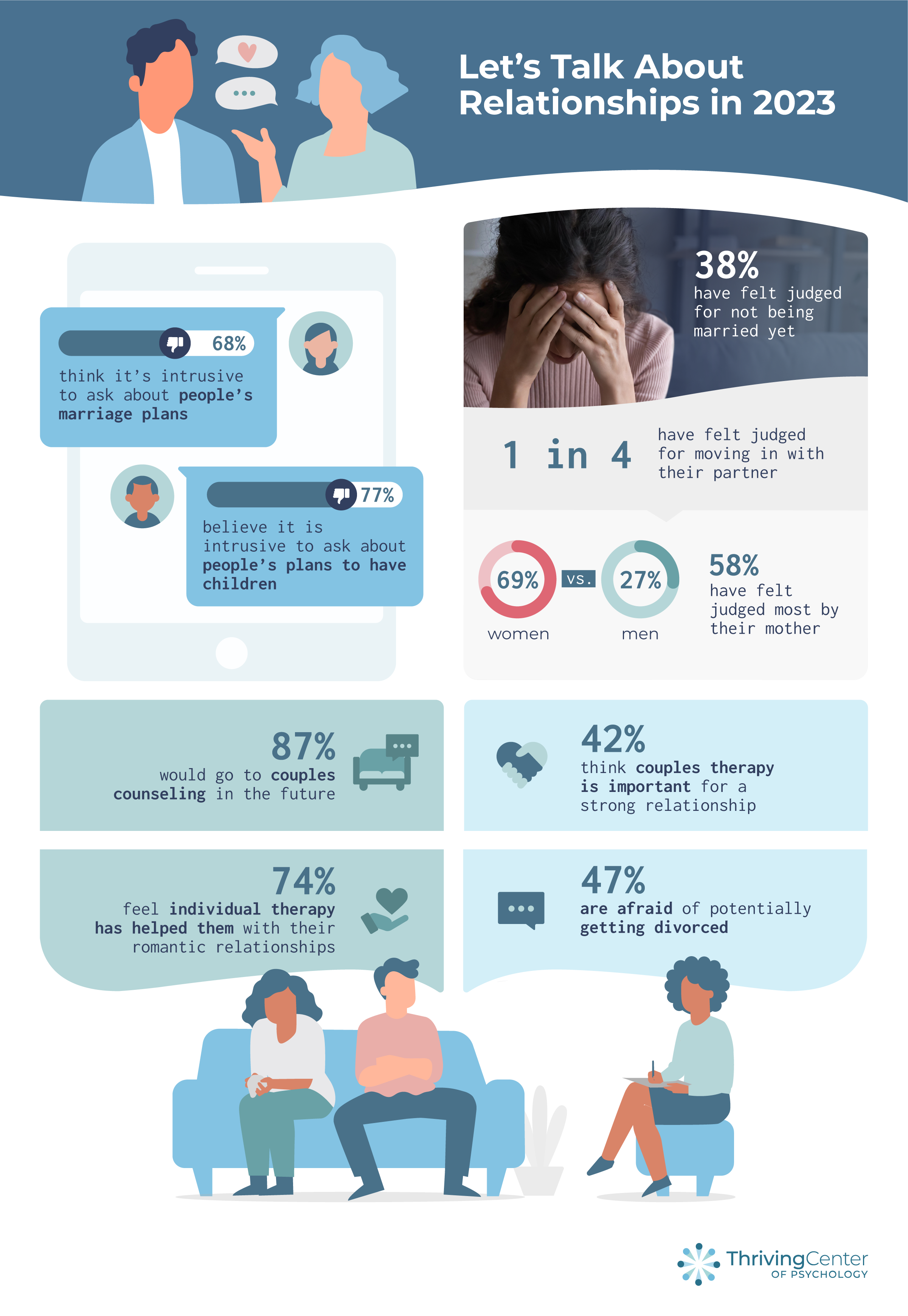
It’s 2023 and it’s common for people to live together before getting married, but many people say they still feel criticized for their choice. Nearly 1 in 4 (24%) have felt judged for moving in with their partner. A disproportionate number of women (69%) compared to men (27%) have felt this way.
But Americans feel societal expectations are shifting. Survey statistics show more than 2 in 3 (68%) think it’s intrusive to ask about marriage plans. Even more (77%) feel it’s nosy to ask about people’s plans to have children.
No matter whether people are married or not, many feel therapy can make a difference in their relationship. More than 2 in 5 (42%) think couples therapy is important for a strong relationship, and 87% would consider going to couples counseling in the future. Outside of couples therapy, 74% feel individual therapy has helped them with their romantic relationships.
Marriage is a personal decision. Whether you feel like it’s right for you or not, it is your choice! While it may be easy to feel pressure to make a decision, know that at the end of the day, it is up to you whether or not to say, “I do.”
Methodology
In June 2023, we surveyed 906 Gen Z and Millennials who are currently in a relationship but not married. Respondents ranged in age from 18 to 42 with an average age of 29. 56% were Millennials and 44% were Gen Z. 55% were women, 40% were men, and 5% were non-binary. 79% identified as straight, 17% as bisexual, 2% as gay, and 2% as lesbian.
To determine the most marriage-averse cities in the U.S. we analyzed the 100 most populous cities using data from the U.S. Census Bureau on the number of unmarried-partner households from 2021 (the most current data available) and analyzed the results per capita.
For media inquiries, please contact [email protected].
Fair Use
When using this data and research, please attribute by linking to this study and citing thrivingcenterofpsych.com
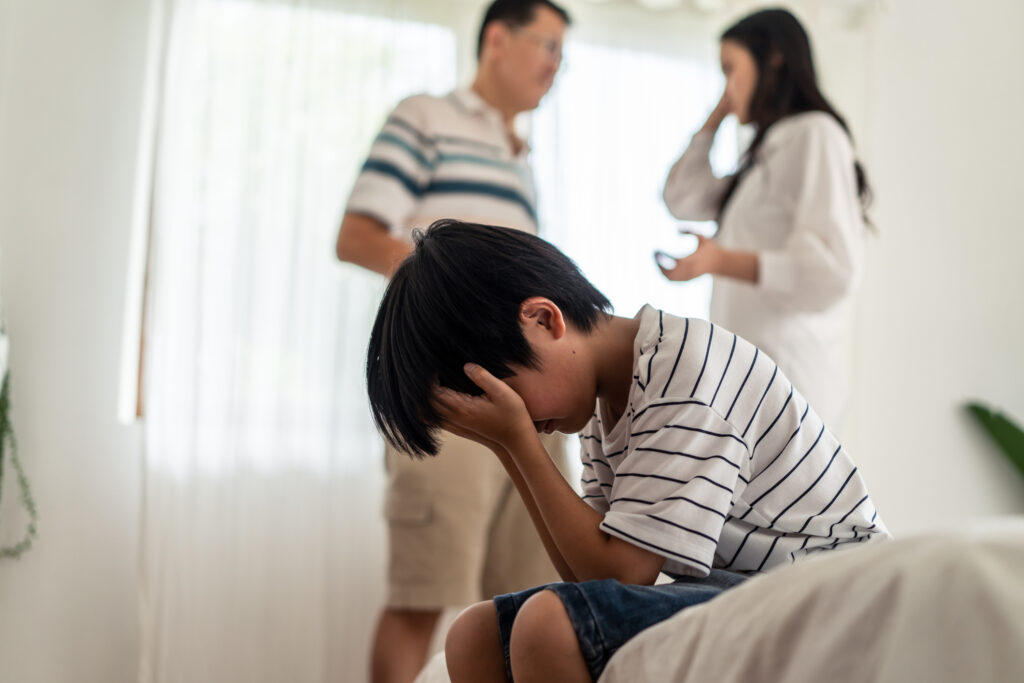
Signs of Insecure-Avoidant Attachment in a Relationship
Attachment theory tells us that the relationships we form in our early years help shape those we have as adults. Insecure-avoidant attachment is one of three insecure attachment styles.
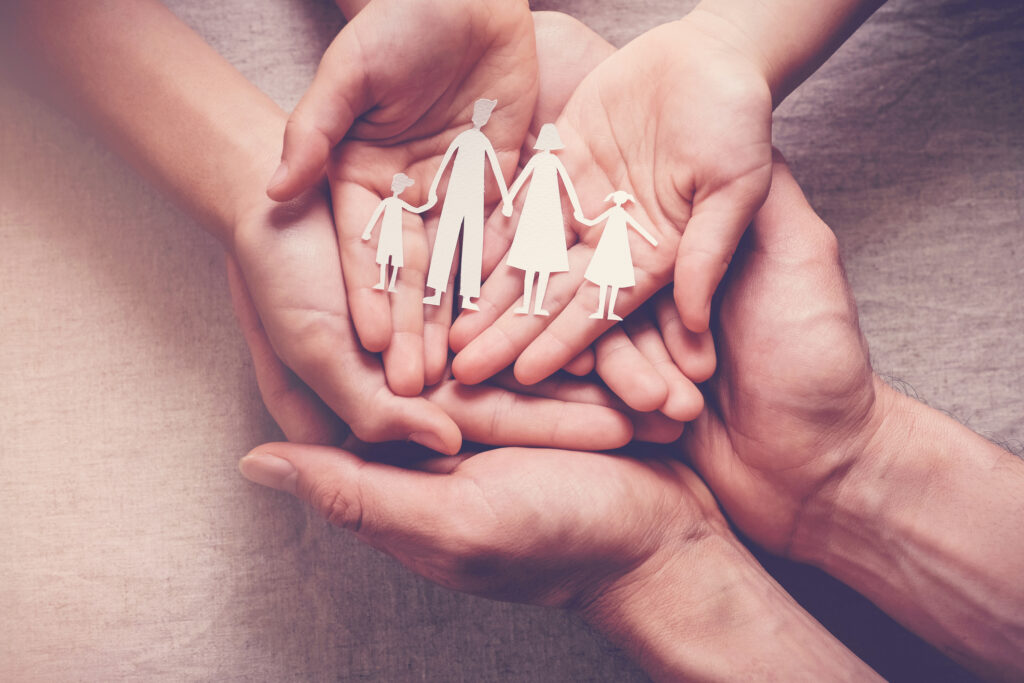
Signs of Secure Attachment in a Relationship
A secure attachment describes the foundation of any healthy relationship. Securely attached people tend to be trusting, communicate openly and honestly, and are attuned to their partner’s needs and emotions.

What are the Different Attachment Types in a Relationship?
Do you find that jealousy and clinginess are common in your relationships? Maybe you go into shutdown mode mid-argument and find it difficult to say what you feel. Attachment styles begin to develop in early childhood, but may leave a lasting impact on future relationships.

Sustaining Love: What to Do When the Honeymoon Phase Fades
There’s nothing quite like that initial attraction and spark where you just can’t get enough of your partner. But as the months and years roll on, it’s normal for relationships to transition through stages, and dynamics can shift.

